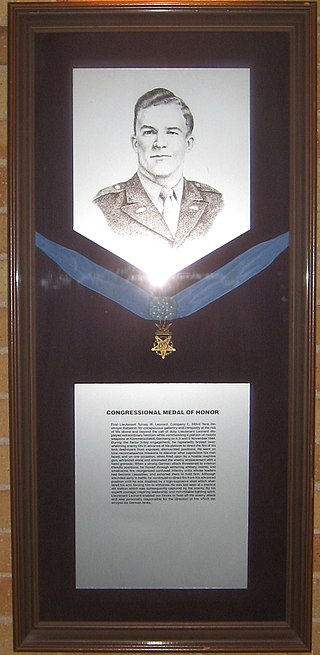
Turney White Leonard was a United States Army officer who received the U.S. military's highest award, the Medal of Honor, for his actions in World War II.

George Dennis Keathley was a staff sergeant in the United States Army who received the Medal of Honor for his actions during World War II.

Francis Sherman Currey was a United States Army technical sergeant and a recipient of the United States military's highest decoration for valor, the Medal of Honor, for his heroic actions during the Battle of the Bulge in World War II.

John Joseph Tominac was a United States Army officer of Croatian descent and a recipient of the United States military's highest decoration—the Medal of Honor—for his actions in World War II.
Seymour W. Terry was a United States Army officer and a recipient of the United States military's highest decoration—the Medal of Honor—for his actions in World War II.

John Charles Squires was a United States Army soldier and a recipient of the United States military's highest decoration—the Medal of Honor—for his actions in World War II.
Leo J. Powers was a United States Army soldier and a recipient of the United States military's highest decoration—the Medal of Honor—for his actions in World War II during the Battle of Monte Cassino.

George Peterson was a United States Army soldier and a recipient of the United States military's highest decoration—the Medal of Honor—for his actions in World War II.
Harold Herman Moon Jr. was a United States Army soldier and a recipient of the United States military's highest decoration—the Medal of Honor—for his actions during the Battle of Leyte in World War II.
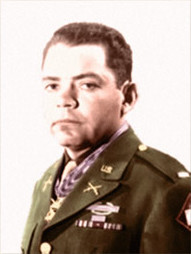
Jack Cleveland Montgomery was a United States Army officer, a citizen of the Cherokee Nation, and a recipient of the United States military's highest decoration—the Medal of Honor—for his actions in World War II.
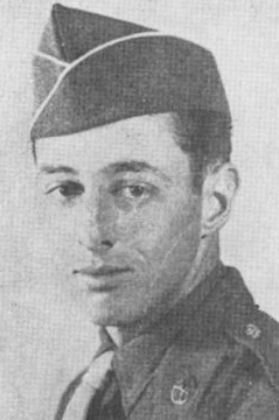
John Joseph McVeigh was a United States Army soldier and a recipient of the United States military's highest decoration—the Medal of Honor—for his actions during the Battle for Brest in World War II.
Dexter James Kerstetter was a United States Army soldier and a recipient of the United States military's highest decoration—the Medal of Honor—for his actions in World War II.
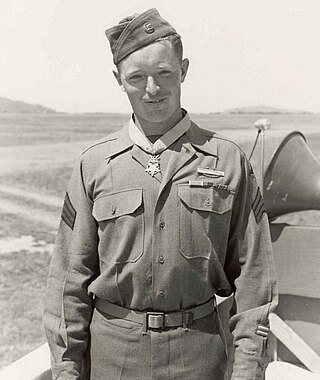
Oscar Godfrey Johnson Jr. was a United States Army soldier and a recipient of the United States military's highest decoration—the Medal of Honor—for his actions in World War II.
Stephen Raymond Gregg Sr. was a United States Army soldier and a recipient of the United States military's highest decoration—the Medal of Honor—for his actions in World War II.

Robert E. Gerstung was a United States Army soldier and a recipient of the United States military's highest decoration—the Medal of Honor—for his actions in World War II.

Archer T. Gammon was a United States Army soldier and a recipient of the United States military's highest decoration—the Medal of Honor—for his actions in World War II.

Almond Edward Fisher was a United States Army officer and a recipient of the United States military's highest decoration—the Medal of Honor—for his actions in World War II.
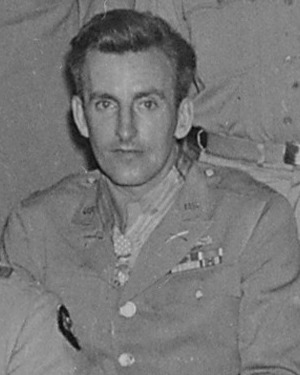
Edward Carl Dahlgren was a United States Army soldier and a recipient of the United States military's highest decoration—the Medal of Honor—for his actions in World War II.

Francis J. Clark was a United States Army soldier and a recipient of the United States military's highest decoration—the Medal of Honor—for his actions in World War II.

Arnold L. Bjorklund was a United States Army soldier and a recipient of the United States military's highest decoration—the Medal of Honor—for his actions in World War II.















